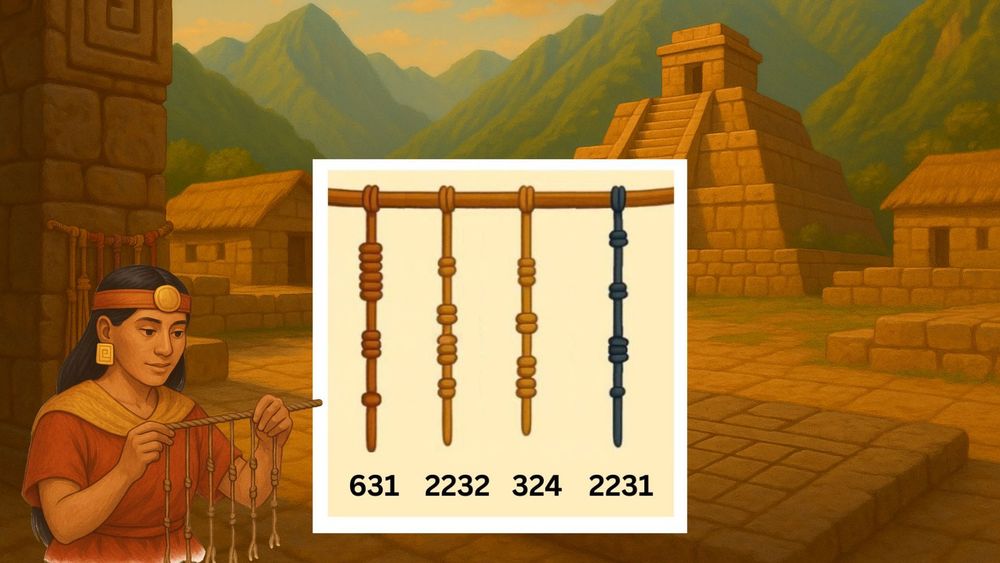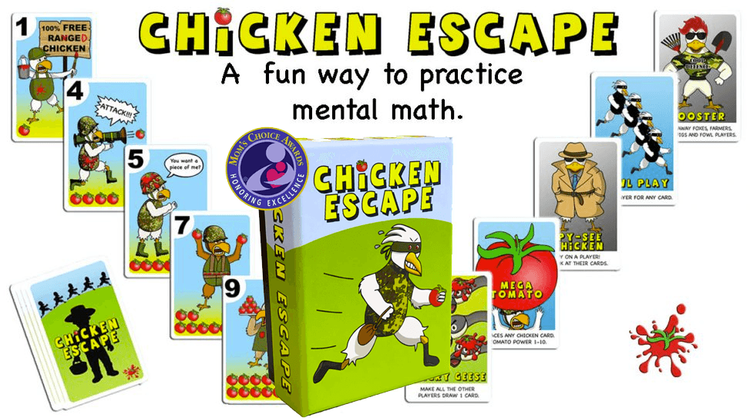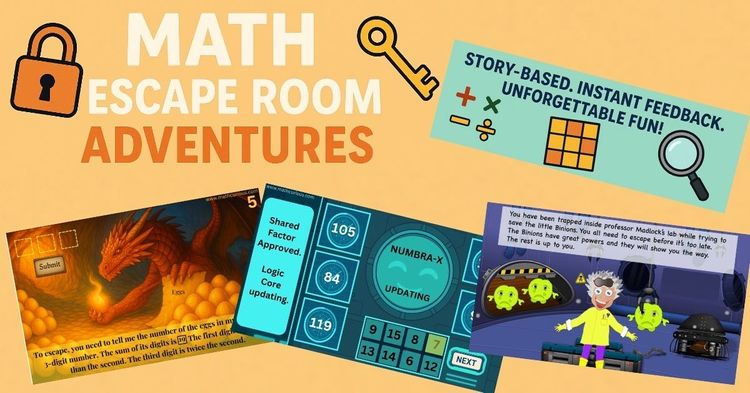What Is a Quipu?
A quipu (also spelled khipu) was a sophisticated record-keeping system used by the Inca Empire. Instead of writing, the Inca used knotted cords to store and transmit data. This method allowed them to manage a vast empire without a written language.
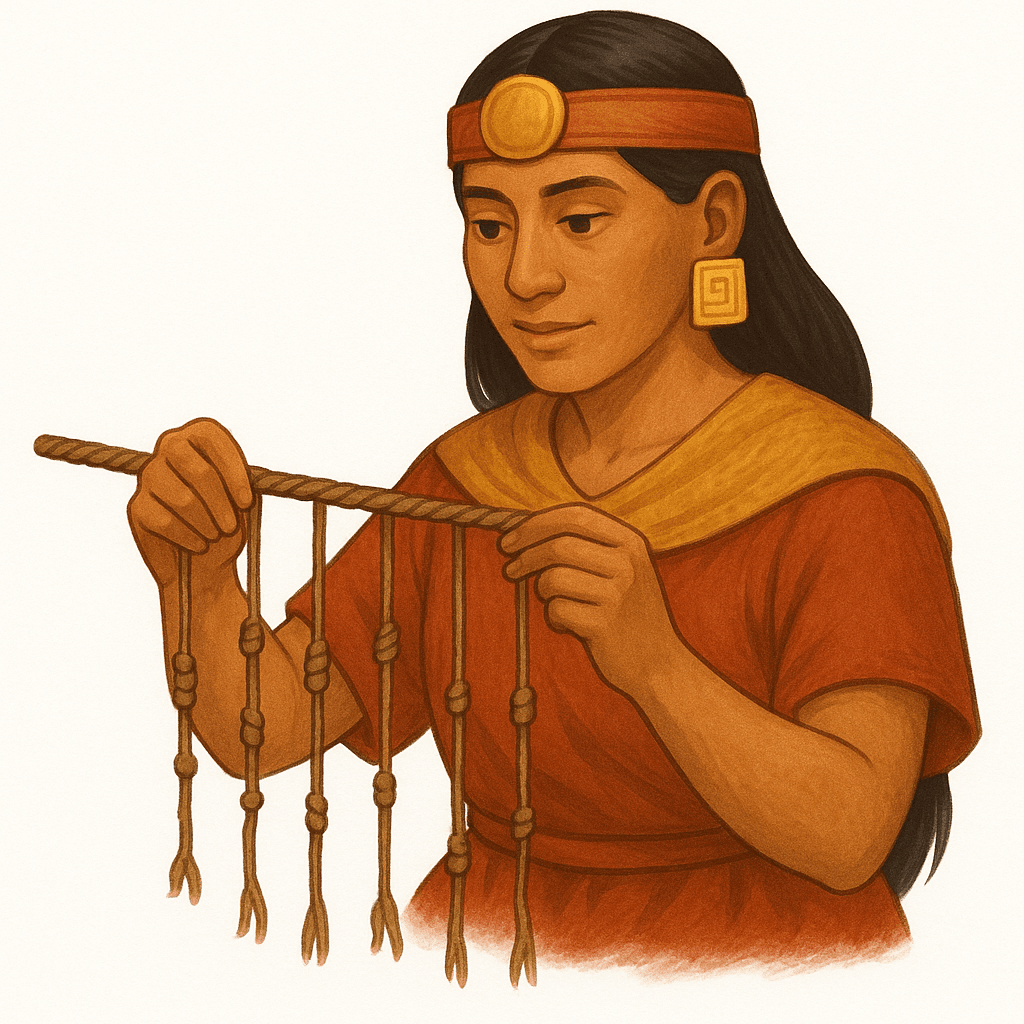
When Did It Exist?
Quipus were used primarily during the Inca Empire (c. 1438–1533 CE), though early versions date back thousands of years, possibly as far as 2600 BCE in ancient Andean cultures.
What Was It For?
Quipus were used to record:
Population counts
Taxes and tributes
Harvest data
Military organization
Possibly oral stories or messages
How Did It Work?

A quipu is made of a main horizontal cord with many hanging strings. Each string had:
Knots in different patterns (representing numbers)
Colors (representing categories like corn, gold, or soldiers)
Lengths and spacing to indicate place value (units, tens, hundreds)
The Inca used a base-10 system, so:
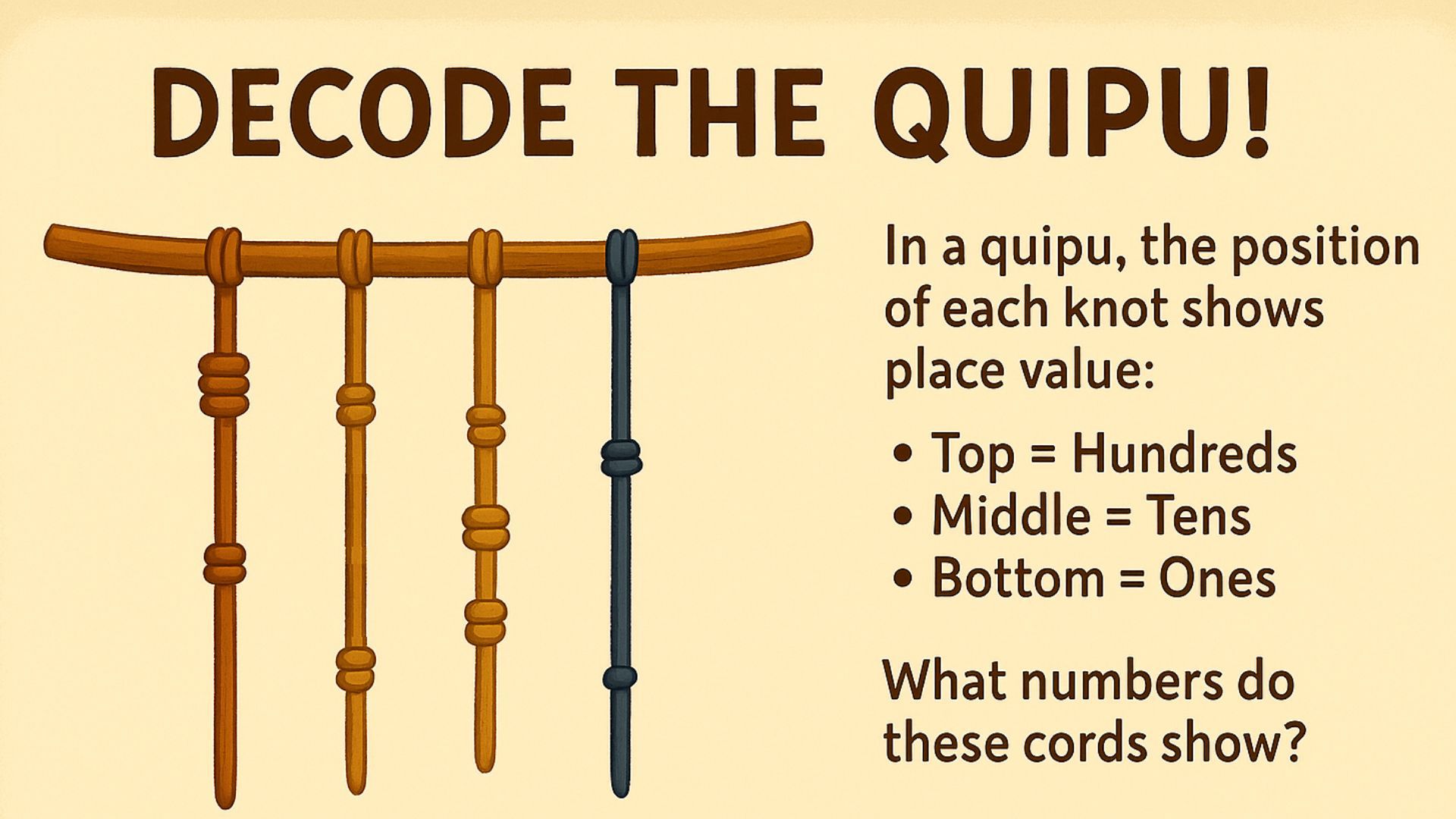
A knot near the top of a string might mean “hundreds”
A knot near the middle could mean “tens”
A knot near the bottom meant “units”
For example:
A string with three knots close together at the bottom could represent the number "3". Add a different knot a bit higher up? Now it might represent "13" or "103" depending on its position.
It is interesting to show students how different civilizations showed numbers and place value. It is a great way to start discussions and combine history and math.
How to Use Quipu in the Classroom
Exploration
Show a quipu and ask them what they think it might be, what it might show. Show different pictures of quipus
and ask them to decode the numbers.
Make Your Own Quipu
Materials: Yarn or string, beads (optional), colored markers
Assign a color to a category (e.g., red = people, blue = food)
Tie knots to represent numbers
Have students “read” each other’s quipus
Practice Math
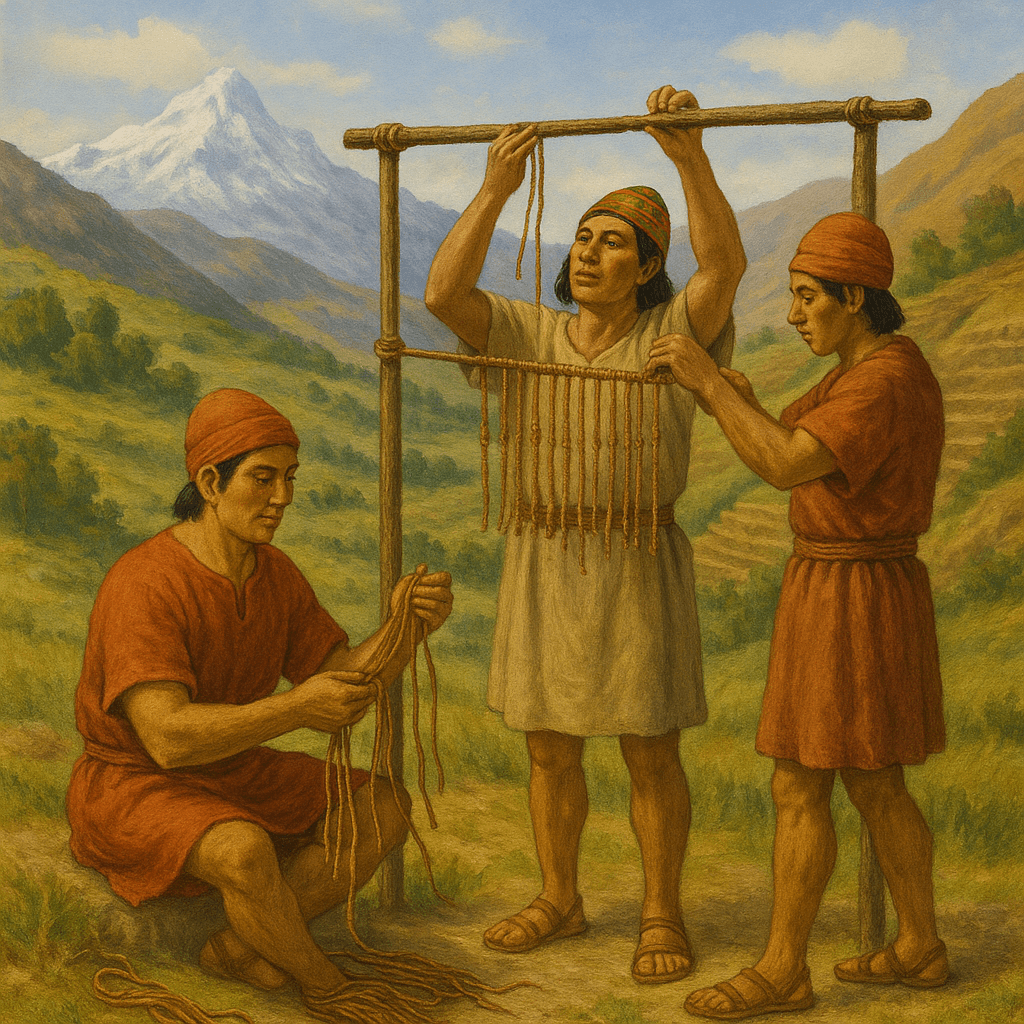
Teach place value:
A low knot = 1s
A middle knot = 10s
A high knot = 100s
Let students decode numbers tied by classmates.
Cross-Curricular Integration
Math: Numbers and base-10 systems
History: Inca Empire and cultural diversity
Art: Colors and fiber arts
Technology: Compare to binary coding in computers
Why It’s Important
The quipu is a powerful example of non-written communication. It challenges assumptions about intelligence, literacy, and innovation, and shows that data recording has existed in many forms long before pen and paper.
